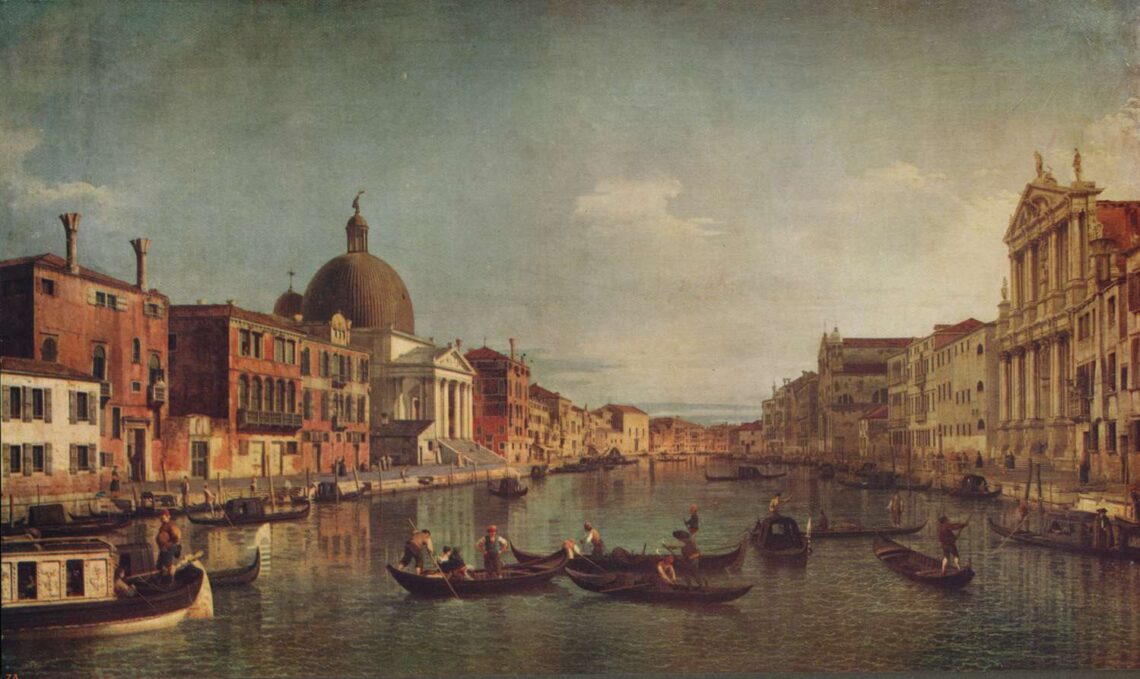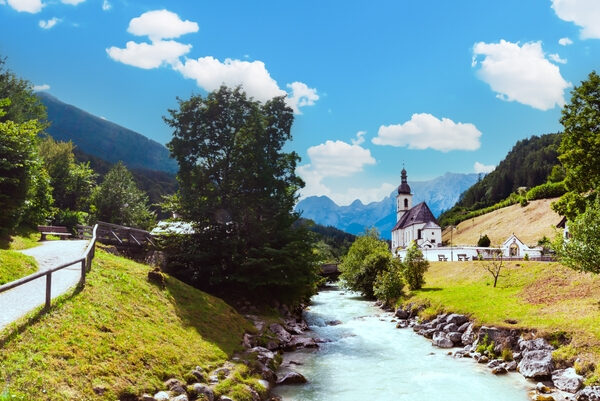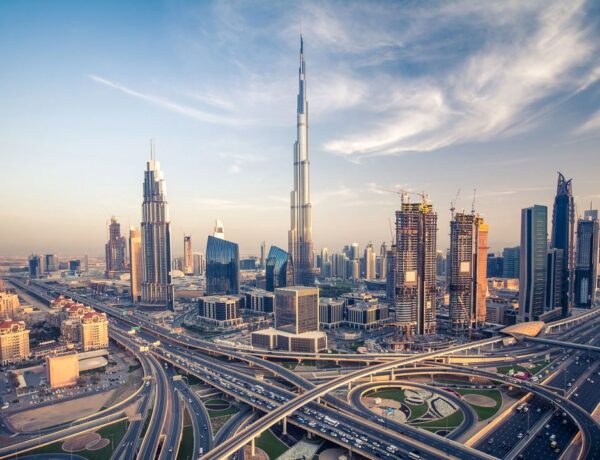Europe, perhaps, is the world’s most cultured country. On its roster of must-see and must-go to places are most of the elite and iconic tourism backdrops: London with its Big Ben, Italy with its famous Leaning Tower, France with its Eiffel Tower, and Rome, where Pompeii can be found. Because of this, Europe has become one of the most popular places to go to for a vacation.
The choices seem endless, and the beauty of the places, plus the rich history and interesting culture associated with each country makes it all too difficult to just pick one. Are you interested in going somewhere but not exactly sure where to go? Then why not travel to all of them? Embark on the Grand Tour of Europe.
The Original Grand Tour of Europe

The Grand Tour of Europe was at one time the fulfillment of every traveler’s vacation dream. It was the vacation option in which the participants went to the most elegant, most beautiful, and the most scenic cultural parts of Europe – all these in a span of three to four years.
It was first introduced in the year 1660 to the youth of Europe, and then to British tourists who were of twenty years of age. Around the mid 1800’s, the Americans and other overseas youth joined in. Its main purpose back then was to serve as an educational rite of passage, to instill the legacy of the renaissance and other classical antiquities. Young men would join the tour to develop into elite sophisticated men, and some used it as a spiritual training or a way of searching for inspiration.
The Grand Tour of Europe taught morality, vanity and other elements of liberal education and also gave opportunity for its participants to buy things that would elevate their status in the society. Some of these things include books of the old renaissance as well as roman books, statues and paintings. Most accounts though showed that most of these youth agreed to be a part of the tour in order to fulfill their freedom, which is to gamble, drink and then make love. Nevertheless, these youth still ended up being successful artisans and aristocrats, making The Grand Tour of Europe a successful figure as a rite of passage.

Back then the Grand Tour of Europe lasted for years, with all the trekking, coach and horse riding and sailing which, at the time, were the only modes of transportation. One of the purposes for doing so was to help the youth realize the beauty that is around them. It also had its own specific itinerary. The journey started in Dover, England where they cross over by wagon to Belgium and then to Paris where one got a tour guide (or a “bear leader”, as they were called back then) to tutor and guide the travelers. It then continued over to the other cultural spots of Paris, where much of the cultural education takes place. The travelers indulged in fencing, dancing and riding, while also training the youth for leadership qualities.
The travel then resumed to Geneva, Switzerland and then to Lausanne, to learn more about mountaineering. They would then travel through the Alps and into Italy. Travelers would reach the legendary city of Rome, a trove of ancient ruins and statues which tell lore and explore the unfortunate city of Pompeii. They would then enter German territory to Berlin, Vienna and Munich and finally to Holland and lastly to Flanders, which is considered the end of the road and marks the end of The Grand Tour of Europe.
With such a cultural itinerary, the tour became a symbol of freedom, education and wealth. Many people from all walks of life, the artists most especially, thrived on the business the Grand Tour of Europe provided. I’d dare say it’s a curriculum that should be reinstated to bring culture and renaissance back into the limelight.
The Grand Tour Today

The grand tour of Europe today is a bit different when compared to its counterpart in the past. Yes, you can still have a tour of classical and cultural learning, but there are so many different options there really isn’t that defined cultural path anymore. What has once been a journey of three to four years of travel is now significantly reduced with the aid of Europe’s very mature rail and air transportation network. Some travel agencies still follow the standard itinerary of the old Grand tour of Europe but you can add your own variety to it or completely deviate from it, especially if the tourist is only available for a short period of vacation. You can even finish the whole tour in a matter of three weeks, if you juggle your time right (though it seems a travesty to do s0).
Not everyone had the opportunity to see the masterpieces of the original Grand Tour of Europe, but those that did have the same experiences you can still have today:
- Seeing the timeless masterpieces like the works of famous artists Vincent Van Gogh, Picasso, Rembrandt and Leonardo da Vinci up close.
- Having your photo taken side by side with world famous statues such as the Venus de Milo, the Thinker and the Roman God statues.
- Being able to visit popular monuments such as the Leaning tower of Pisa, the Eiffel Tower, London’s Big Ben, The Buckingham and Westminster Palaces of London and the Roman Ruins.
- Having the chance to experience the dancing, fine dining and festivities each stop over provides.

You can even take what is called deviant’s version of the Grand Tour of Europe: sampling the temptations of Amsterdam, getting over to the Lover’s Capital’s and Madrid’s adult brothels and clubs, not to mention Place Pigalle’s Exotic museum and then over to Germany’s Oktoberfest, an itinerary much sought by college boys and party people.
So what’s so good about the grand tour today? It’s that you don’t have to follow the traditional or the modern itineraries mentioned here. You can make your own Grand Tour of Europe in any way you please and take things according to your own pacing.
Don’t you owe it to yourself to slow down, take some and enjoy one of the world’s most significant and culturally important experiences? Take your own Grand Tour of Europe. You’ll be thankful and a better person for it.
Photo credits: wit, joiseyshowaa, chi king, chrissy575





No Comments